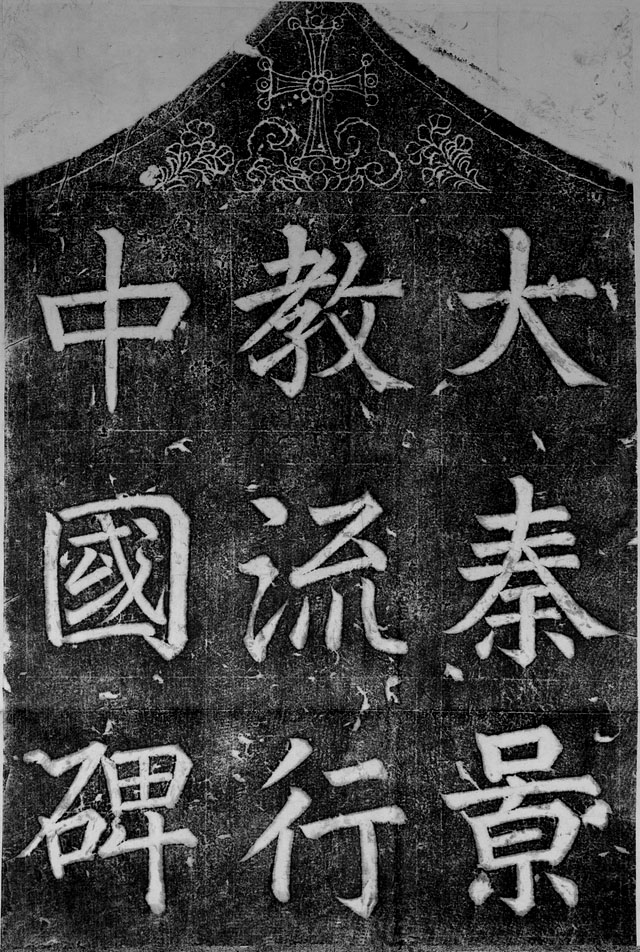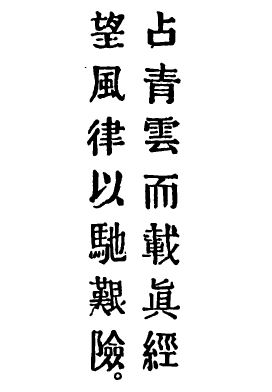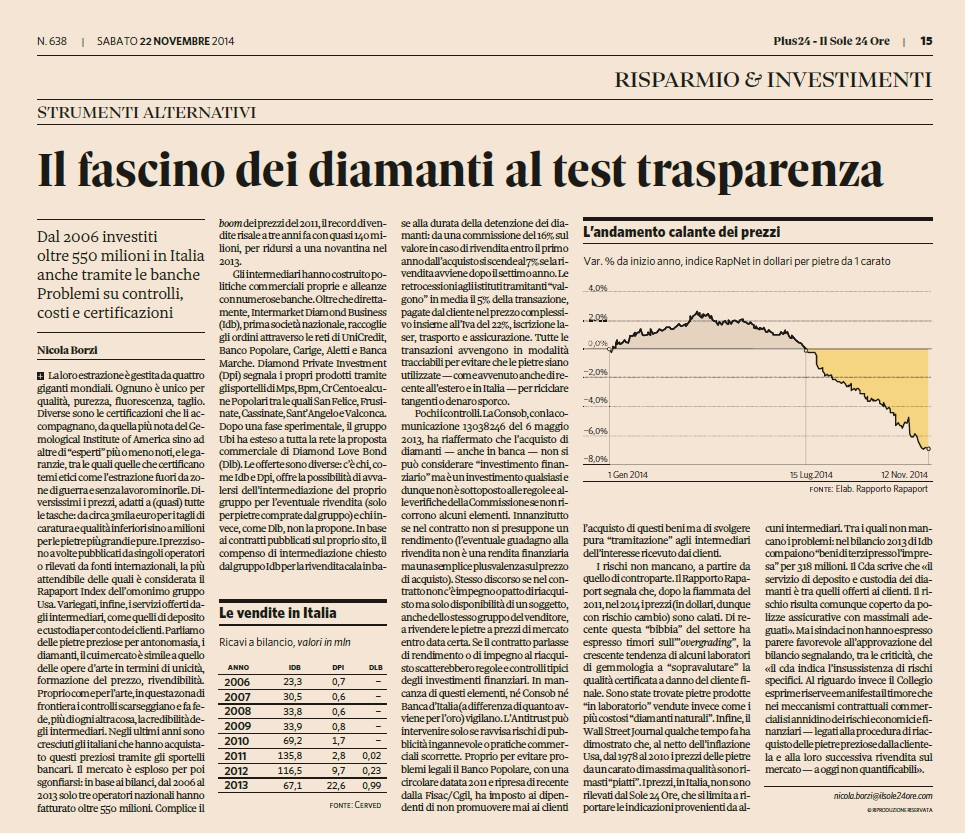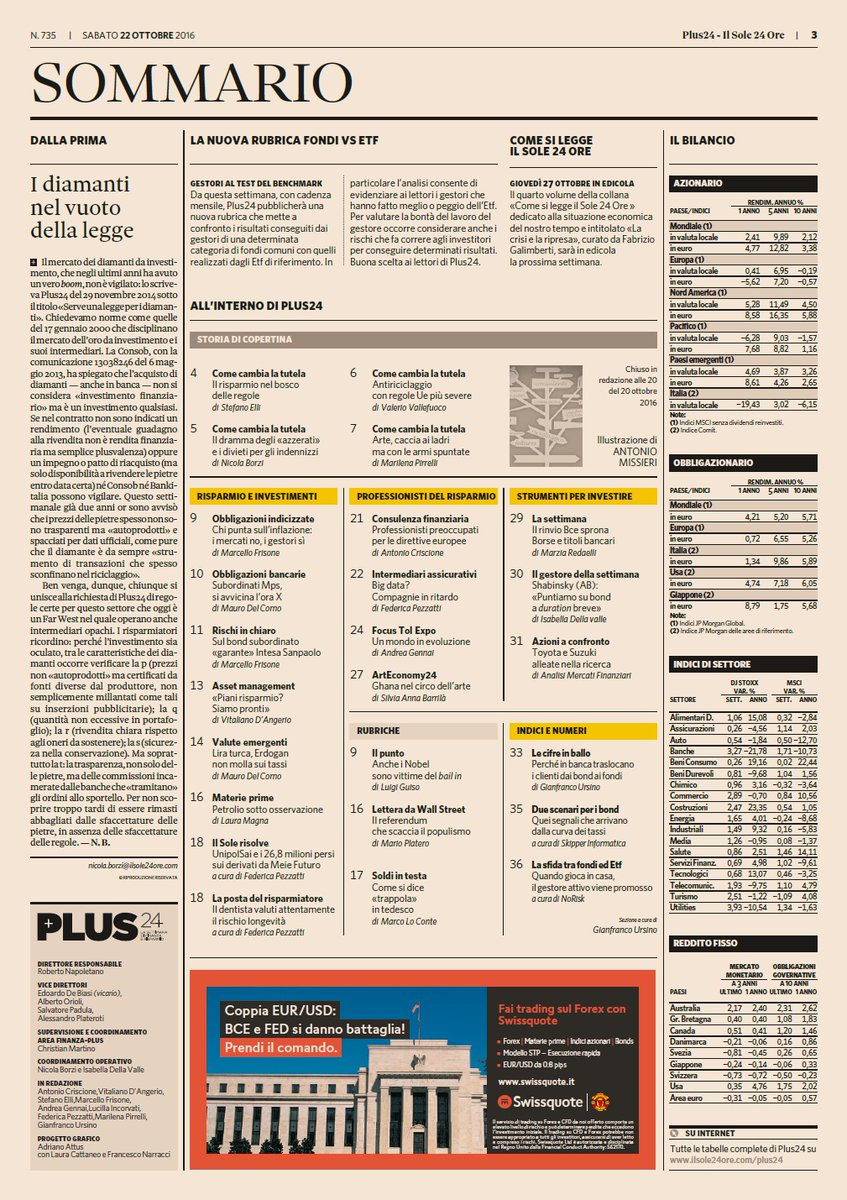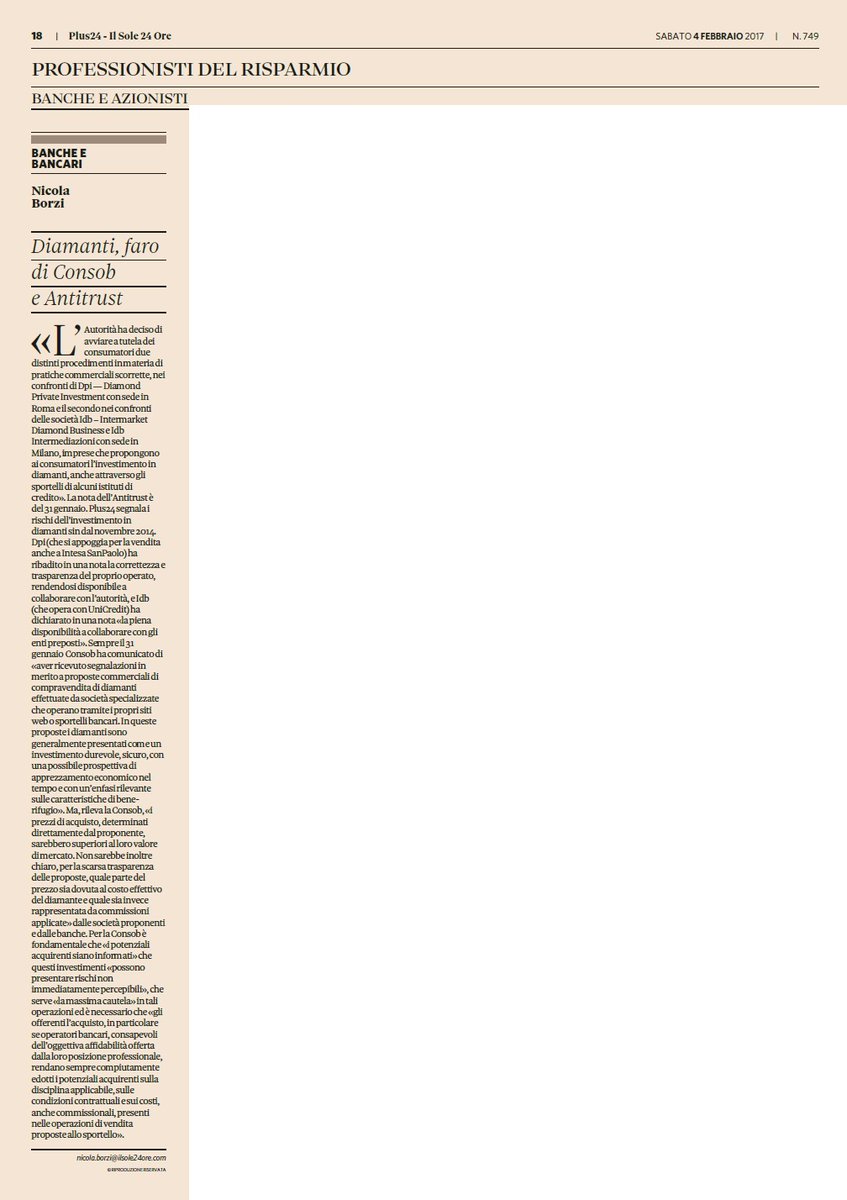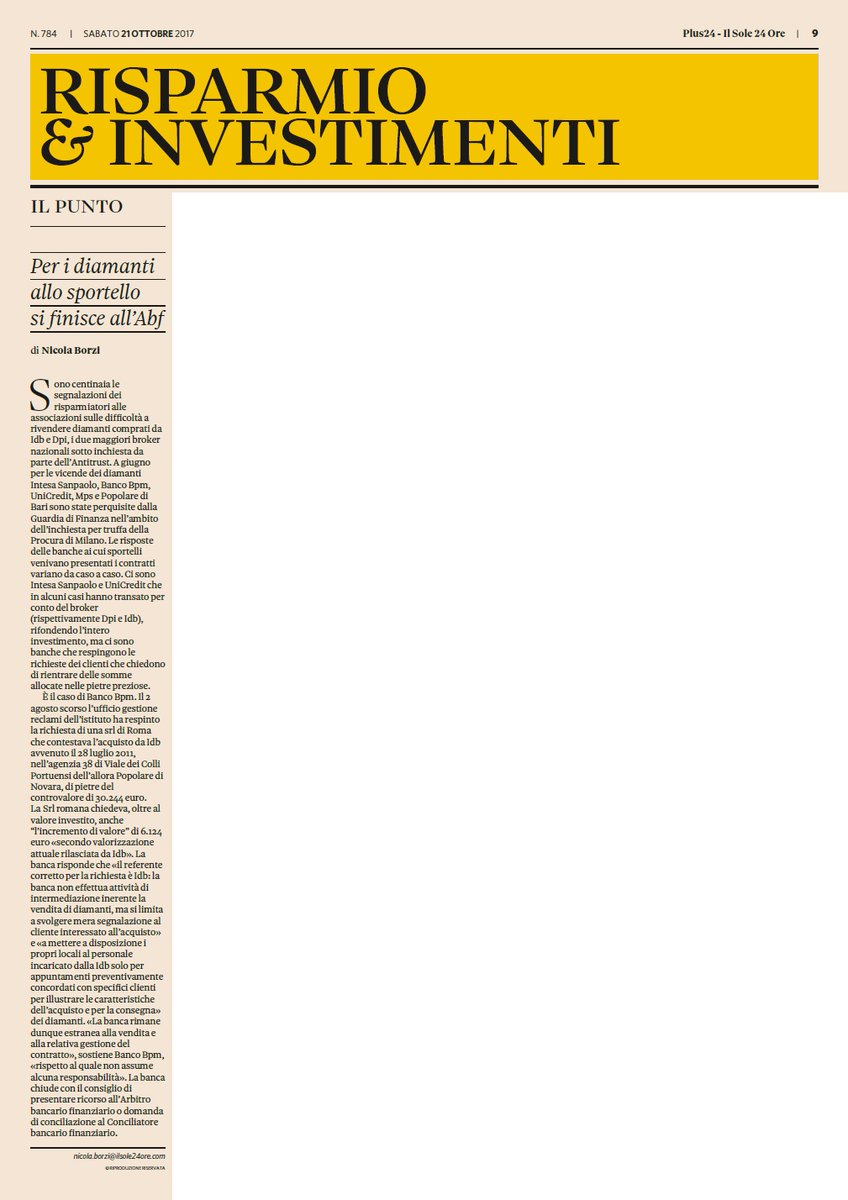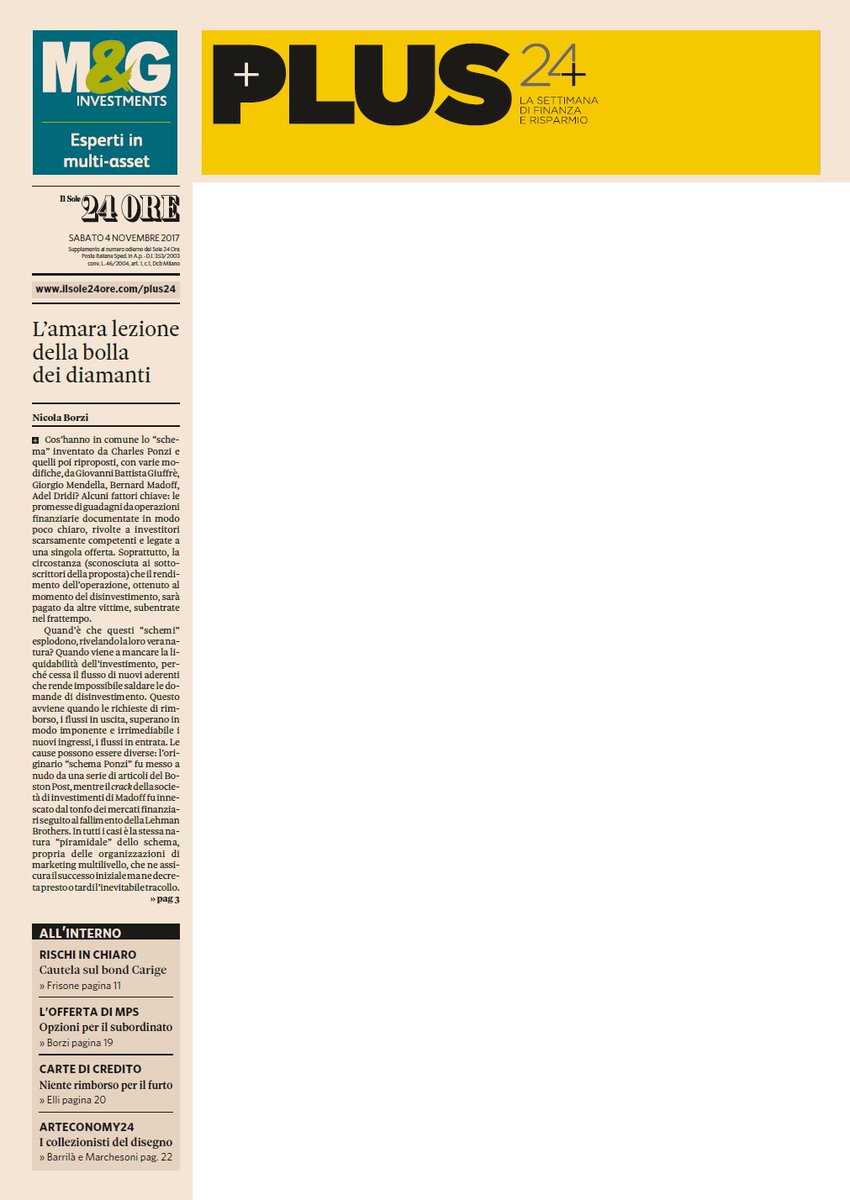spending) is projected to rise to 18.2% of GDP in 2020 from 12.6% in 2019. The authors correctly note the worrying surge in debt and warn that Beijing must continue to try to contain financial stability risks, but I notice that they are projecting average GDP...
1/10
The latest IMF report on China was released yesterday and provides a lot of good information and intelligent insight on the Chinese economy. The IMF’s measure of China’s adjusted fiscal deficit (including estimated off-budget
spending) is projected to rise to 18.2% of GDP in 2020 from 12.6% in 2019. The authors correctly note the worrying surge in debt and warn that Beijing must continue to try to contain financial stability risks, but I notice that they are projecting average GDP...
growth of just over 6% between 2012 and 2025, including a downward revision of their 2021 forecast from 8.2% to 7.9% (which I still think is a little high).
As I’ve long argued, it will be impossible for China both to control the surge in debt and to achieve growth...
targets above the real underlying growth rate of the economy, which I suspect is 2-3% at best. I know the IMF is constrained in what it is able to say about the Chinese economy if it wants to remain part of the advisory process, but I do think that after 10 years...
of watching this game we should be a lot more explicit about the relationship between unreasonably high GDP growth targets and high credit growth. There really is no point in advising Beijing to get financial risks under control while at the same time approving...
GDP growth targets that cannot but result in out-of-control increase in debt. The former requires the latter: if China grows by an average of 6% over the next five years, total social financing will rise from roughly 280% of GDP today to at least 320-40% of GDP.
The IMF also recommends that China do more to rebalance domestic demand towards consumption, which Beijing has been saying it would do since at least 2007. To do so it proposes expanding unemployment benefits, increasing transfers to low income households, enhancing...
public healthcare and otherwise strengthening the social safety net. This all makes sense, of course, but it is only half the story. Transfers involve not just “transfers to” but also “transfers from”. If Beijing permits these transfers to be funded by local government...
More from Michael Pettis
More from World
You May Also Like
Nano Course On Python For Trading
==========================
Module 1
Python makes it very easy to analyze and visualize time series data when you’re a beginner. It's easier when you don't have to install python on your PC (that's why it's a nano course, you'll learn python...
... on the go). You will not be required to install python in your PC but you will be using an amazing python editor, Google Colab Visit https://t.co/EZt0agsdlV
This course is for anyone out there who is confused, frustrated, and just wants this python/finance thing to work!
In Module 1 of this Nano course, we will learn about :
# Using Google Colab
# Importing libraries
# Making a Random Time Series of Black Field Research Stock (fictional)
# Using Google Colab
Intro link is here on YT: https://t.co/MqMSDBaQri
Create a new Notebook at https://t.co/EZt0agsdlV and name it AnythingOfYourChoice.ipynb
You got your notebook ready and now the game is on!
You can add code in these cells and add as many cells as you want
# Importing Libraries
Imports are pretty standard, with a few exceptions.
For the most part, you can import your libraries by running the import.
Type this in the first cell you see. You need not worry about what each of these does, we will understand it later.
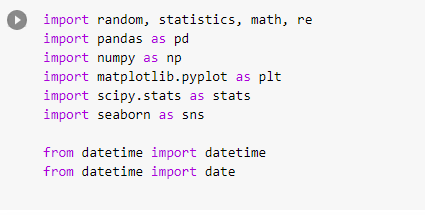
==========================
Module 1
Python makes it very easy to analyze and visualize time series data when you’re a beginner. It's easier when you don't have to install python on your PC (that's why it's a nano course, you'll learn python...
... on the go). You will not be required to install python in your PC but you will be using an amazing python editor, Google Colab Visit https://t.co/EZt0agsdlV
This course is for anyone out there who is confused, frustrated, and just wants this python/finance thing to work!
In Module 1 of this Nano course, we will learn about :
# Using Google Colab
# Importing libraries
# Making a Random Time Series of Black Field Research Stock (fictional)
# Using Google Colab
Intro link is here on YT: https://t.co/MqMSDBaQri
Create a new Notebook at https://t.co/EZt0agsdlV and name it AnythingOfYourChoice.ipynb
You got your notebook ready and now the game is on!
You can add code in these cells and add as many cells as you want
# Importing Libraries
Imports are pretty standard, with a few exceptions.
For the most part, you can import your libraries by running the import.
Type this in the first cell you see. You need not worry about what each of these does, we will understand it later.

MDZS is laden with buddhist references. As a South Asian person, and history buff, it is so interesting to see how Buddhism, which originated from India, migrated, flourished & changed in the context of China. Here's some research (🙏🏼 @starkjeon for CN insight + citations)
1. LWJ’s sword Bichen ‘is likely an abbreviation for the term 躲避红尘 (duǒ bì hóng chén), which can be translated as such: 躲避: shunning or hiding away from 红尘 (worldly affairs; which is a buddhist teaching.) (https://t.co/zF65W3roJe) (abbrev. TWX)
2. Sandu (三 毒), Jiang Cheng’s sword, refers to the three poisons (triviṣa) in Buddhism; desire (kāma-taṇhā), delusion (bhava-taṇhā) and hatred (vibhava-taṇhā).
These 3 poisons represent the roots of craving (tanha) and are the cause of Dukkha (suffering, pain) and thus result in rebirth.
Interesting that MXTX used this name for one of the characters who suffers, arguably, the worst of these three emotions.
3. The Qian kun purse “乾坤袋 (qián kūn dài) – can be called “Heaven and Earth” Pouch. In Buddhism, Maitreya (मैत्रेय) owns this to store items. It was believed that there was a mythical space inside the bag that could absorb the world.” (TWX)
1. LWJ’s sword Bichen ‘is likely an abbreviation for the term 躲避红尘 (duǒ bì hóng chén), which can be translated as such: 躲避: shunning or hiding away from 红尘 (worldly affairs; which is a buddhist teaching.) (https://t.co/zF65W3roJe) (abbrev. TWX)
2. Sandu (三 毒), Jiang Cheng’s sword, refers to the three poisons (triviṣa) in Buddhism; desire (kāma-taṇhā), delusion (bhava-taṇhā) and hatred (vibhava-taṇhā).
These 3 poisons represent the roots of craving (tanha) and are the cause of Dukkha (suffering, pain) and thus result in rebirth.
Interesting that MXTX used this name for one of the characters who suffers, arguably, the worst of these three emotions.
3. The Qian kun purse “乾坤袋 (qián kūn dài) – can be called “Heaven and Earth” Pouch. In Buddhism, Maitreya (मैत्रेय) owns this to store items. It was believed that there was a mythical space inside the bag that could absorb the world.” (TWX)










